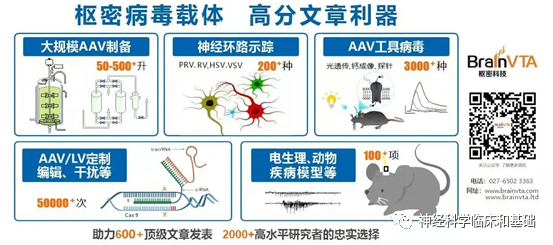 中文摘要
中文摘要
吗啡和芬太尼是最常用的阿片类药物之一,它们通过μ-阿片受体(μOR)的G蛋白和阻滞素信号通路发挥镇痛作用,同时也产生不良反应。在这里,研究人员报道了与吗啡和芬太尼结合的人μOR-G蛋白复合物的结构,这揭示了它们与受体结合方式的关键差异。他们还报道了与TRV130、PZM21和SR17018结合的μOR结构,这揭示了这些激动剂与配体结合袋的TM3侧而不是TM6/7侧的优先相互作用。相反,吗啡和芬太尼与TM3和TM6/7区域形成双重相互作用。TM6/7界面的突变消除了吗啡和芬太尼对μOR募集抑制素过程的促进作用。设计用于减少TM6/7相互作用的配体显示出优先的G蛋白信号。他们的结果为芬太尼识别和μOR信号传导提供了重要的见解,这可能有助于下一代镇痛药的合理设计。
英文摘要
Morphine and fentanyl are among the most used opioid drugs that confer analgesia and unwanted side effects through both G protein and arrestin signaling pathways of μ-opioid receptor (μOR). Here, we report structures of the human μOR-G protein complexes bound to morphine and fentanyl, which uncover key differences in how they bind the receptor. We also report structures of μOR bound to TRV130, PZM21, and SR17018, which reveal preferential interactions of these agonists with TM3 side of the ligand-binding pocket rather than TM6/7 side. In contrast, morphine and fentanyl form dual interactions with both TM3 and TM6/7 regions. Mutations at the TM6/7 interface abolish arrestin recruitment of μOR promoted by morphine and fentanyl. Ligands designed to reduce TM6/7 interactions display preferential G protein signaling. Our results provide crucial insights into fentanyl recognition and signaling of μOR, which may facilitate rational design of next-generation analgesics.
作者:神经科学临床和基础
版权声明:
本网站所有注明“来源:梅斯医学”或“来源:MedSci原创”的文字、图片和音视频资料,版权均属于梅斯医学所有。非经授权,任何媒体、网站或个人不得转载,授权转载时须注明“来源:梅斯医学”。其它来源的文章系转载文章,本网所有转载文章系出于传递更多信息之目的,转载内容不代表本站立场。不希望被转载的媒体或个人可与我们联系,我们将立即进行删除处理。
在此留言










